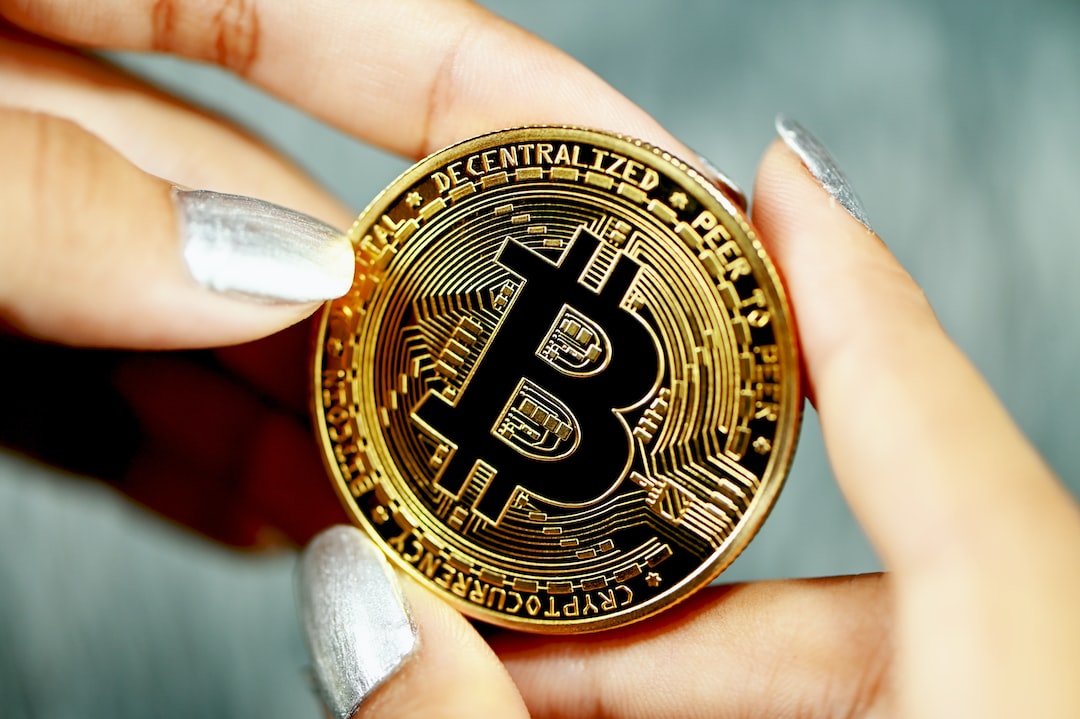The DeFi TVL Stasis
The DeFi sector experienced rapid growth between 2021 and 2022, with protocols like Compound, AAVE, and Uniswap attracting a wave of liquidity. As a result, the total value locked (TVL) in the DeFi sector reached over $176 billion by November 2021. However, this growth came with challenges.
- Market Overheating: The rapid rise of the DeFi sector raised concerns of a speculative bubble and attracted investors without a full understanding of the risks.
- Security Issues: DeFi platforms faced security vulnerabilities, leading to high-profile hacks that eroded confidence in the sector’s safety.
- Regulatory Uncertainty: The decentralized nature of DeFi created uncertainty due to a lack of clear regulatory guidelines or oversight.
- Ethereum’s Scaling Woes: Many DeFi projects are built on Ethereum, which faced scalability challenges, hindering the sector’s growth.
The Path to Sustainable Growth in DeFi
To achieve sustainable growth, the DeFi sector needs to address several critical factors:
- Enhanced Security Measures: DeFi projects must prioritize security audits and adopt best practices to protect users’ funds and rebuild trust.
- Improved User Experience: DeFi platforms should focus on making their interfaces more user-friendly and intuitive to encourage wider adoption.
- Regulatory Clarity: Clear regulations will foster trust among institutional investors and protect retail users. Industry self-regulation can also play a role.
- Interoperability: Exploring cross-chain compatibility can mitigate congestion and high transaction fees, expanding the user base.
- Scalability Solutions: Ethereum 2.0 and Layer 2 scaling solutions can alleviate network scalability issues, enabling sustainable growth.
- Diversification of Use Cases: Expanding into other financial sectors reduces reliance on a few platforms and attracts more participants.
- Decentralized Governance: Emphasizing decentralized governance models ensures openness and inclusivity in decision-making processes.
- Educational Initiatives: Educating users about the risks, benefits, and mechanics of DeFi is vital for broader adoption.
- Financial Inclusion: Providing financial services to underserved populations worldwide aligns with DeFi’s ethos and expands the user base.
Hot Take: The Future of DeFi
The DeFi sector has faced stagnation in TVL due to various challenges, but there is still potential for sustainable growth. By addressing security, regulation, user experience, scalability, diversification, governance, education, and financial inclusion, the DeFi sector can regain momentum. With concerted efforts to overcome these challenges, DeFi can continue revolutionizing finance for a more inclusive and decentralized future.





 By
By
 By
By
 By
By
 By
By
 By
By